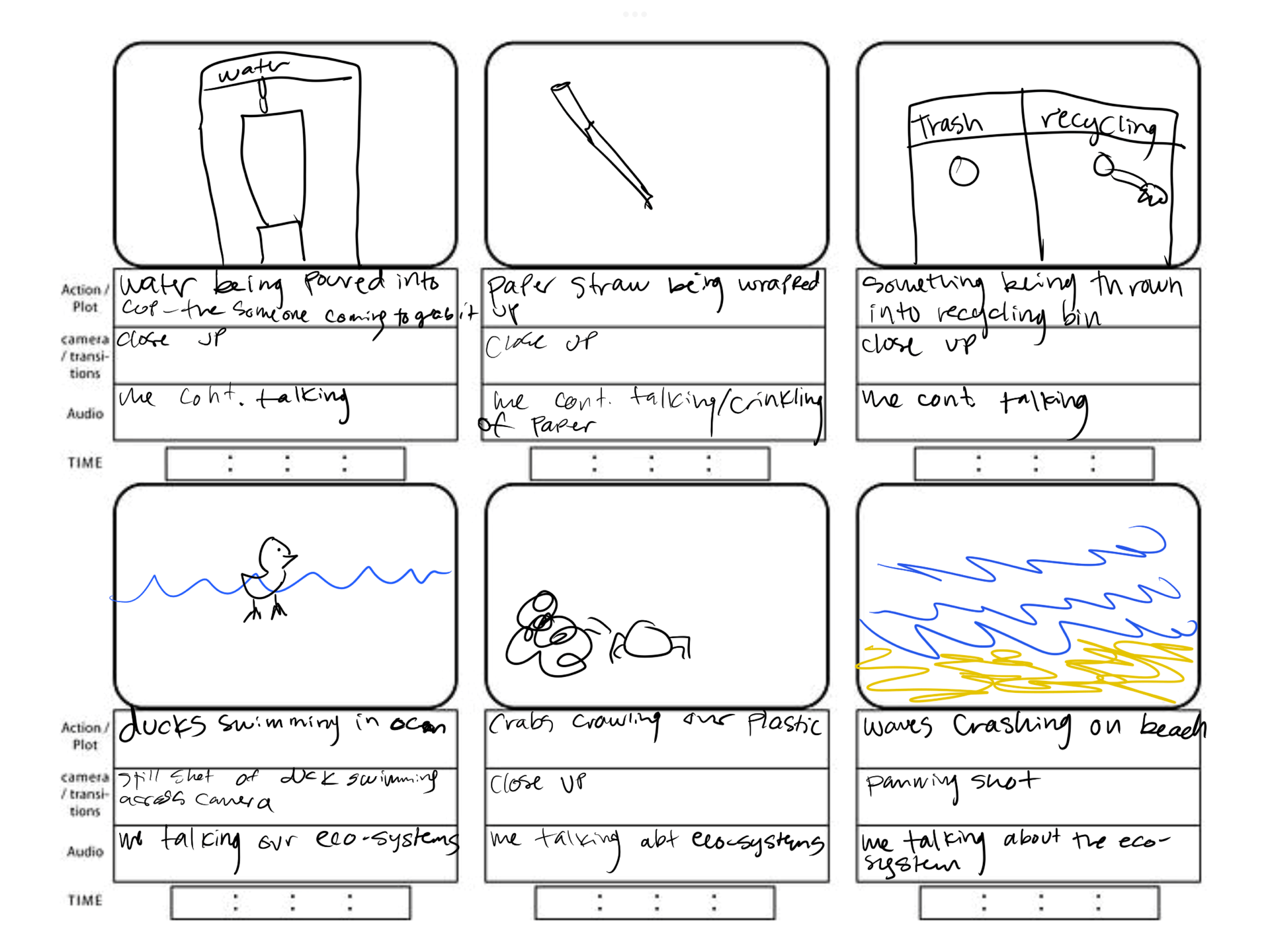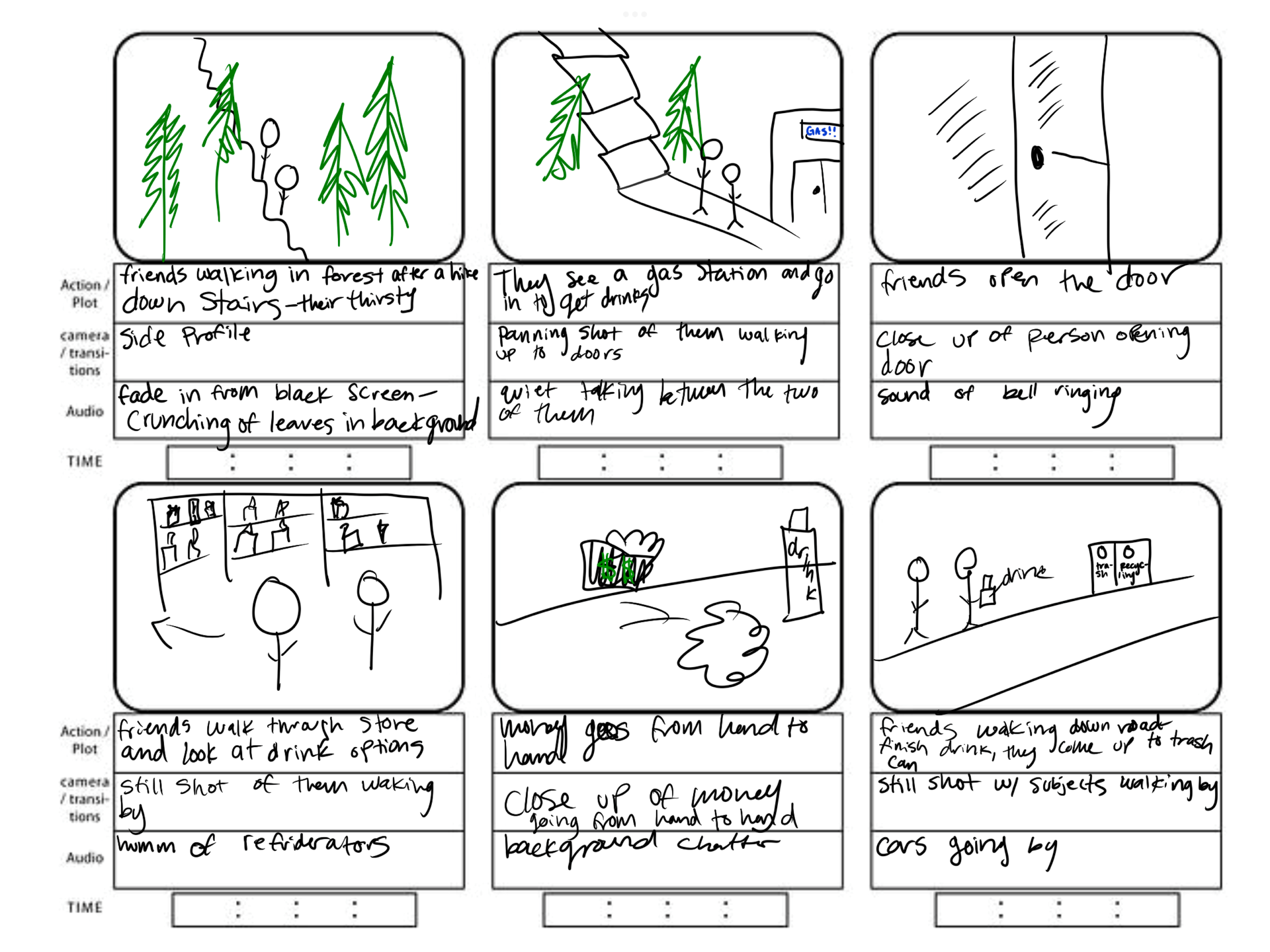Hello everyone and welcome back to another blog post. For the past few weeks, I have been working on a big project. A film project actually. This has probably been one of my favourite projects that I have done so far in all of PLP because of the freedom we got. Throughout this post I will be taking you on the extensive journey that it took to create the final product, a short documentary.
Driving Question: How can I engage and entertain an audience using my video and storytelling skills?
Answer: I can engage and entertain an audience by using different story telling techniques. For example: montage, beginning, middle, foreshadowing, etc. You can also engage an audience using different video skills. For example, close up, transitions, slow-motions, time laps (fast-mo). You can see me demonstrating my understating of the driving question through my video.
To start off this project, we learned how to film and conduct an interview. This was a very good way to start off this project because a main part of our final documentaries would include an interview with someone. We followed steps to conducing our first interview. For example, coming up with interview questions which you can see below. We then went to shoot our practice interviews and edit them. Thankfully this was a starting point for us because we had a lot to learn and a lot to do in order to make a good interview.
After we had done the interview skills, we had to come up with an idea for our documentary. We did some different sheets so that we could determine what we would be interested in as a topic. While this seemed time consuming, I feel like I actually learned a lot about myself and my interests. Through this survey that I did about myself, I learned (what I already knew), I am passionate about animals and the environment. I decided to do a problem that effects my local area, plastic pollution.
Next up we did our screenplays. I spent a lot of time on this in order to plan out the perfect shots and angles. This also helped me visualize my end product much better. You can check out my screen play below ⬇️
We then did a very rough story board. This made us really think hard about the lighting, place, and angles that we wanted to be in our final film. While we had kind of done this already in the screenplay, we went a lot more in detail in our story board. Below you can see the ROUGH story board below ⬇️
Next, we went to booking our interviews. I decided to interview Megan Curren as she was a story supporter of the plastic ban in Deep Cove and is very knowledgeable about single use plastics. I emailed her and booked a time to interview her. This interview would guide my entire film.
After booking the interview, I went out and started filming. Over the course of two weeks, I got in all the shots that I needed. Due to poor time management on my part, I missed one of the shots that I really wanted to get. However, I am still really happy with how it turned out.
Next, I went to editing. This probably took me four days as I revised it many many times after getting feedback. I spent a lot of time creating the background music as it had to be 100% original. Below, you can see my final documentary ⬇️
In the end, I learned so much. I learned all about how to write a treatment and logline. I learned about the history of film making and how it has evolved into the movie industry. I also learned so much about planning and time management (especially when I failed to get the shot I wanted). I learned about writing in a way that other people could understand. I also learned about different camera skills like the rule of 3 thirds which came in very handy for filming my interview with Megan Curren. I also learned so much about my topic, plastic pollution. From how much is produced every year, to the effects it has on the wildlife and environment.
Thank you so much for reading that post on my latest project.
Best wishes,
-Dana





